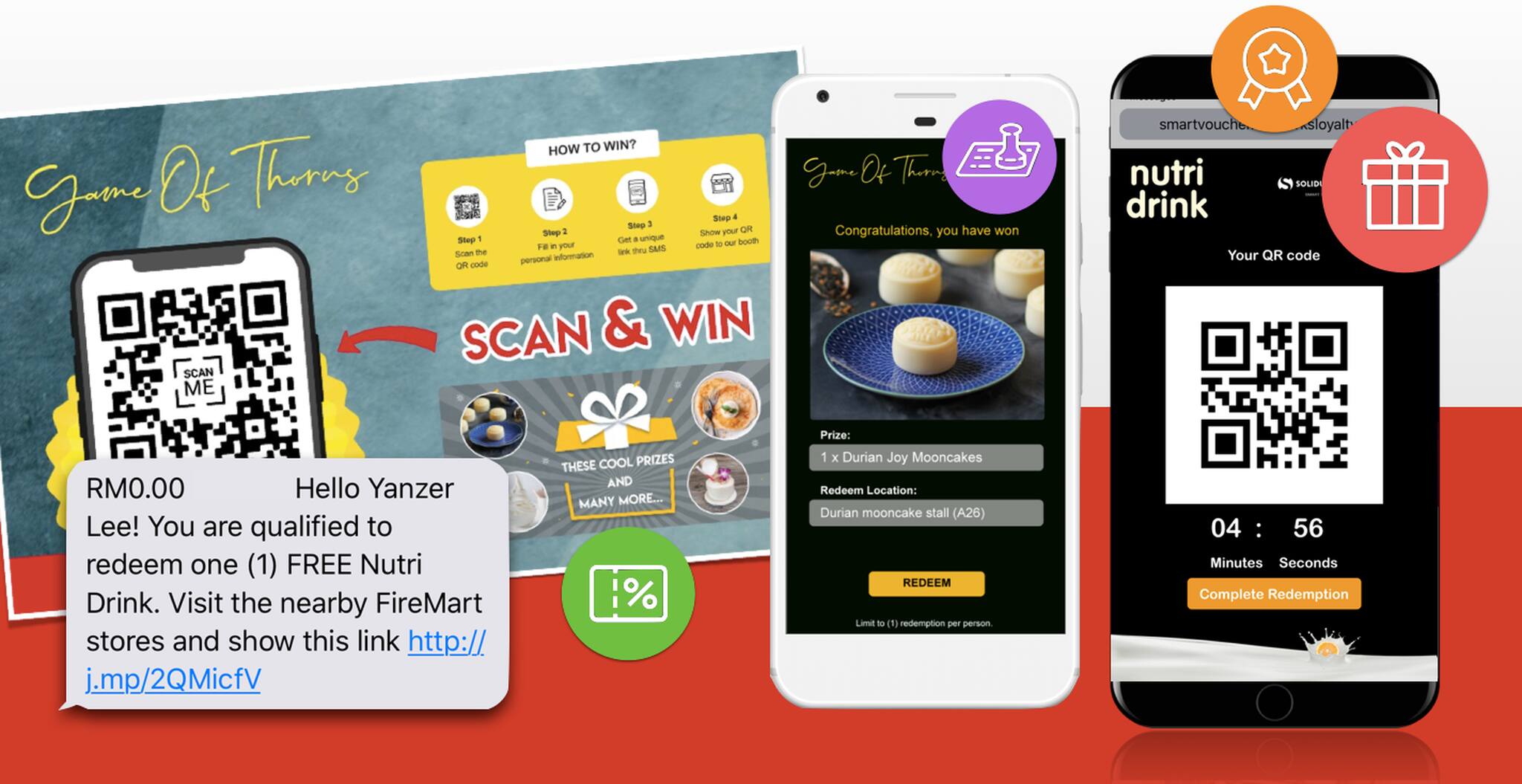Increase Consumer Lifetime Worth with a Critical Loyalty System
Increase Consumer Lifetime Worth with a Critical Loyalty System
Blog Article
Loyalty System Insights: Rewarding Customers and Expanding Your Brand
Commitment programs have progressed beyond mere transactional benefits; they currently offer as tactical tools for cultivating deeper customer relationships and boosting brand name loyalty. The effect of a well-implemented loyalty program extends past customer retention, driving campaigning for and shaping brand assumption in a competitive market.
Recognizing Loyalty Programs

By evaluating this information, businesses can customize their offerings to better satisfy customer needs, producing a much more customized buying experience. This customization is essential in building trust fund and emotional connections, which are vital for brand loyalty. Furthermore, loyalty programs can enhance client engagement through unique deals, rewards, and experiences that resonate with consumers, reinforcing their dedication to the brand name.
In addition, loyalty programs can contribute to boosted consumer life time value, as dedicated and completely satisfied customers are most likely to make frequent purchases and refer others. Eventually, when implemented efficiently, loyalty programs not just incentivize instant sales but also grow an area of brand advocates, consequently driving lasting growth for businesses in a competitive market.
Types of Compensate Systems
Numerous sorts of benefit systems exist within commitment programs, each developed to accommodate different customer choices and organization objectives. One popular approach is the points-based system, where customers gain factors for every single purchase, which can later be redeemed for discounts or products. This model motivates repeat deals and cultivates a feeling of achievement as consumers collect factors.
An additional efficient kind is tiered rewards, which incentivizes customers to reach greater levels of loyalty. As customers advance via tiers, they open increasingly important benefits, thereby enhancing consumer interaction and retention. This system compensates both initial costs and continuous commitment, making customers really feel valued.
Cashback benefits are also prevalent, providing consumers a portion of their acquisition back as money or credit score. This straightforward strategy interest price-sensitive consumers and can drive a lot more regular purchases.
Last but not least, experiential incentives give one-of-a-kind experiences, such as exclusive occasions or early accessibility to items. These benefits develop remarkable interactions with the brand name, promoting deeper emotional links.
Each of these systems provides distinct benefits, enabling businesses to customize their loyalty programs to align with their customer demographics and calculated objectives.

Advantages of Applying Loyalty Programs
Implementing loyalty programs supplies countless benefits that can significantly improve a business's relationship with its consumers. By fulfilling repeat acquisitions, services foster a feeling of belonging, encouraging consumers to return a lot more frequently.
Moreover, loyalty programs make it possible for services to collect valuable information on consumer preferences and buying habits. This info can be examined to customize marketing initiatives, leading to more effective and customized campaigns. The understandings got can assist businesses determine patterns, optimize product offerings, and boost customer complete satisfaction.
In addition, commitment programs commonly create an one-upmanship in congested markets. By establishing a strong commitment structure, companies can differentiate themselves, attracting consumers that focus on brands that value their loyalty.
Last but not least, a well-structured loyalty program can promote brand name advocacy. Dedicated customers are more probable to recommend a brand name to others, properly transforming them right into brand name ambassadors. To conclude, carrying out loyalty programs is a strategic action that can yield significant advantages, inevitably driving lasting business growth and success.
Techniques for Effective Interaction
Effective engagement is critical for taking full advantage of the advantages of commitment programs and making sure sustained customer interest. Loyalty System. To cultivate significant connections, companies need to adopt a multi-faceted strategy that stresses interaction, customization, and worth
First, leveraging consumer information to create tailored experiences boosts involvement. By assessing purchase background and preferences, brands can use personalized incentives or suggestions that reverberate with private consumers. This targeted strategy not just increases contentment however likewise motivates repeat communications.
2nd, transparent and normal interaction is important. Making use of numerous networks, such as email newsletters, social networks, and mobile applications, guarantees consumers are informed regarding promotions, benefits, and program updates. Regular messaging maintains the brand name top-of-mind and enhances the value of loyalty participation.
Finally, integrating gamification components can considerably increase interaction. Features such as point buildup, difficulties, and tiered rewards produce a sense of success and excitement, inspiring consumers to involve even more proactively with the program.
Including these methods cultivates a devoted customer base, driving sustained development and brand fondness while taking full advantage of the capacity of commitment programs. By focusing on effective interaction, organizations can enhance connections and boost the total customer experience.
Determining Success and ROI
To accurately evaluate the performance of loyalty programs, businesses should develop clear metrics for measuring success and roi (ROI) Key efficiency indicators (KPIs) such as customer retention price, average order worth, and the regularity of repeat acquisitions give quantifiable insights into program performance.
In addition, tracking the overall effect on consumer life time worth (CLV) is important. A successful commitment program need to raise CLV by fostering client loyalty and encouraging repeat deals (Loyalty System). Organizations need to also take into consideration the price of maintaining the program and implementing versus the profits created through dedicated customers
An additional try here useful approach is to assess consumer involvement metrics, such as participation rates in loyalty tasks and the redemption of incentives. This information allows companies to refine their offerings and improve consumer experiences.
Additionally, using advanced analytics and More hints customer comments can additionally support the evaluation of commitment program performance. By integrating qualitative insights with measurable information, businesses can change techniques to enhance efficiency. Eventually, a comprehensive dimension structure will certainly make it possible for companies to comprehend real value of their loyalty programs and make informed choices for future development.
Verdict
In conclusion, loyalty programs serve as a crucial device for boosting consumer engagement and fostering brand name loyalty. The calculated execution of these programs not just raises customer retention yet additionally transforms pleased clients right into advocates, adding to brand name growth and competitive advantage.
Commitment programs have actually developed past plain transactional incentives; they currently serve as strategic devices for fostering deeper client partnerships and boosting brand loyalty. As customers proceed through rates, they open significantly important advantages, thereby boosting customer involvement and retention. An effective loyalty program must enhance CLV by cultivating customer commitment and encouraging repeat purchases.In final thought, loyalty programs serve as an essential system for enhancing consumer interaction and fostering brand name commitment. The calculated implementation of these programs not just enhances customer retention however also transforms pleased consumers right into supporters, contributing to brand useful content name development and affordable benefit.
Report this page